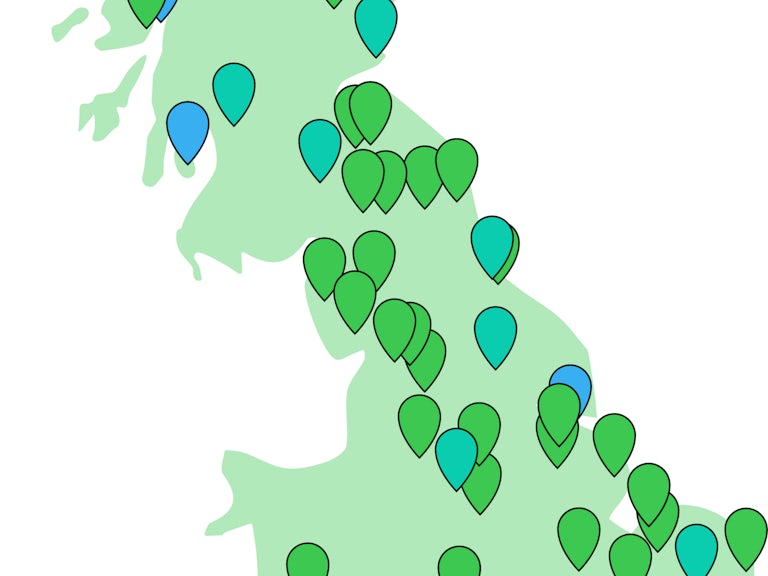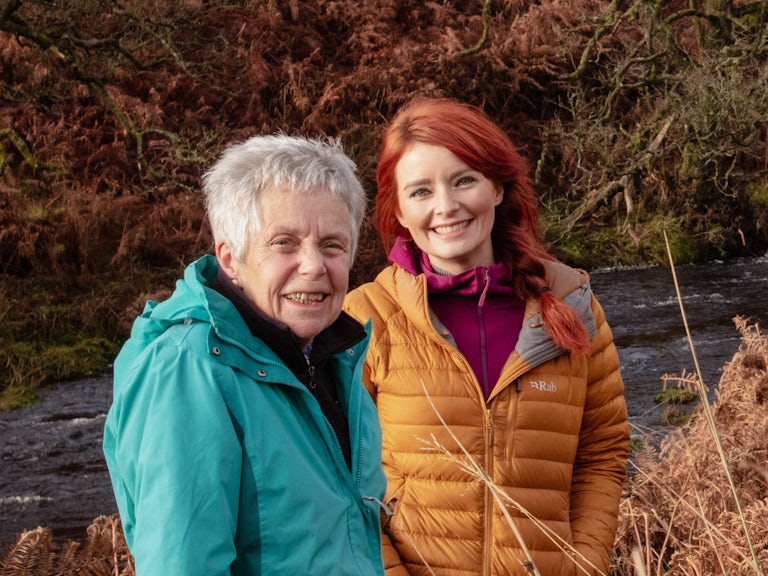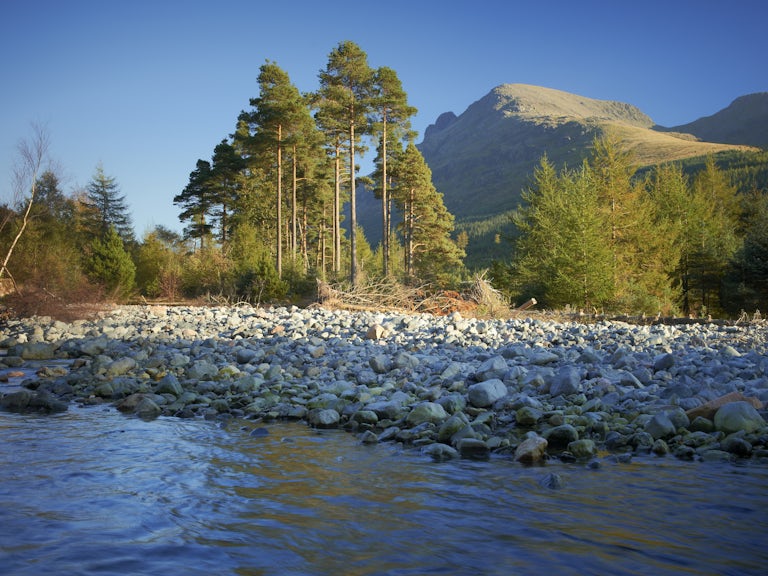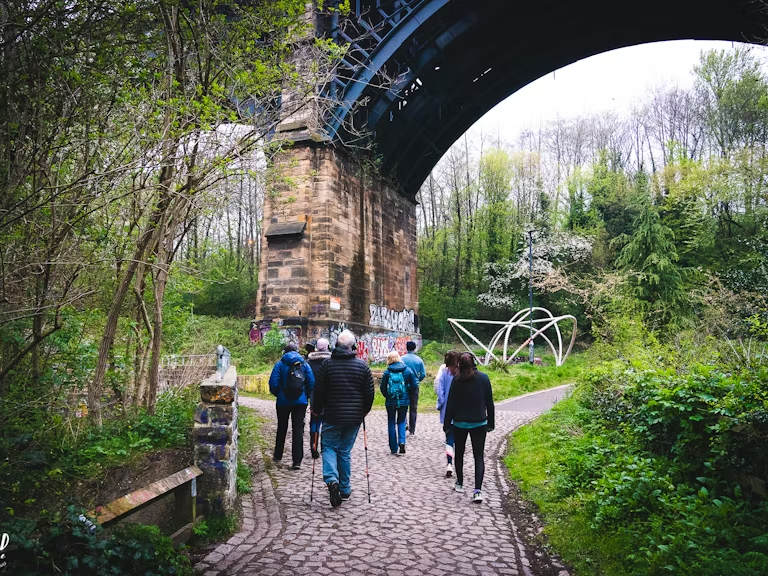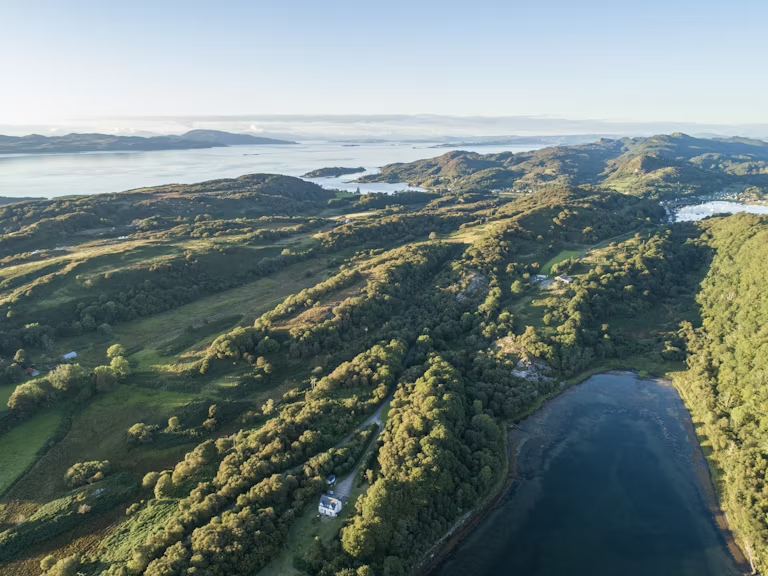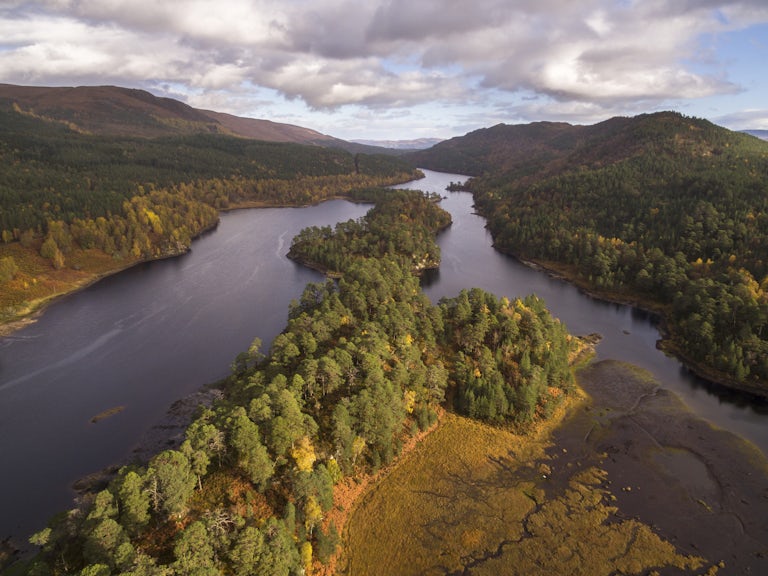Case study: Revere
Set up as a unique partnership between global impact firm Palladium and National Parks Partnerships, Revere is working to co-design and aggregate nature restoration projects across BritainтАЩs 15 national parks into financeable portfolios for investors. Community benefits are a central requirement.
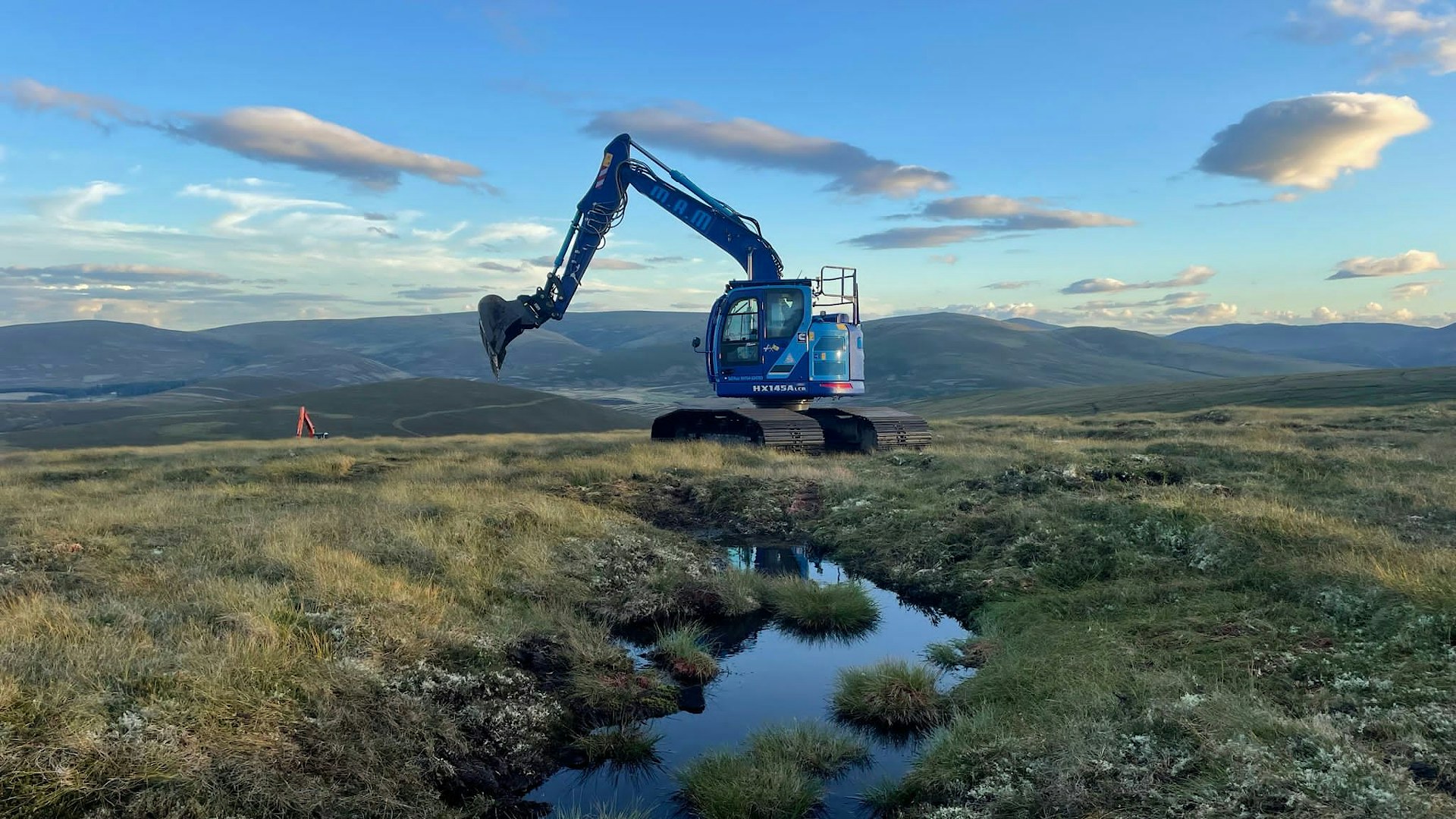
In summary
- Project type: Public sector/тАЛprivate investment partnership
- Location: UK-wide
- Current Income: Investor equity, upfront ecosystem service sales
- Projected Income: Carbon credits, water credits, ecosystem service sales
The partnership is a prime example of how private investment can be deployed to advance nature recovery projects on a landscape scale across Britain. Revere works with existing land managers, farmers and communities to design projects that restore degraded peatlands, grasslands, woodlands and wetlands; to raise private capital to finance them; and to generate revenue for all stakeholders by selling ecosystem services.
Revere manages multiple farm and landscape-scale initiatives and collectively finances them with capital from investorsтАЙтАФтАЙsomething thatтАЩs out of reach for most individual farmers and landowners, given the high legal, professional and transaction fees involved. тАЛтАЬAggregating farm-scale projects makes sense for nature, to create habitat and wildlife corridors across a bigger area, but it also means that farmers and land managers can access private nature finance,тАЭ says William Hawes, Head of Nature-based Solutions at National Parks Partnerships.
Nature restoration often requires finance, over and above publicly funded grants, particularly to maintain habitats over multiple decades. The finance can be raised through the forward sale of ecosystem services, with the money raised being deployed to manage the project, pay land managers a fair profit and create benefits for local communities. Alternatively, investors take an equity stake in these aggregated opportunities and get a return from the sale of ecosystem services in the future.
Explore our Rewilding Financing Report
Uncover our blueprint for a game-changing shift in funding and investment for rewilding.
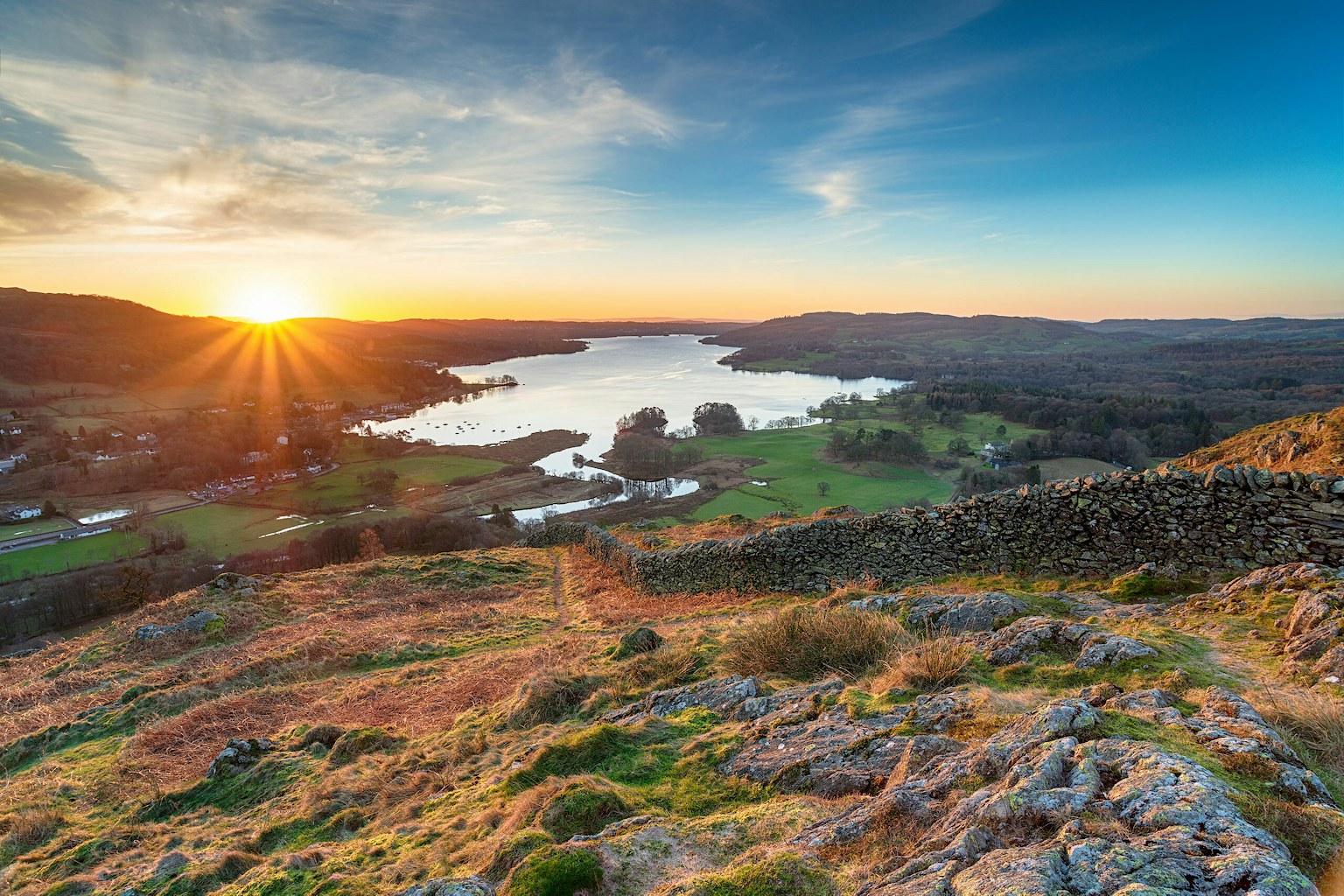
Through RevereтАЩs aggregation model, 30 or so restoration projects are grouped in the Yorkshire Dales, the South Downs and Exmoor, for example, which all generate carbon or other credits. This is key to allowing investors to invest on the scale they require. тАЛтАЬThe minimum investment for financial investors is often ┬г10 million,тАЭ says Hawes. тАЛтАЬThat funds a lot of nature restoration, but youтАЩre not going to be able to do that on a single farm or single estate. You need a portfolio
of projects.тАЭ
Aggregating different projects also helps Revere to attract corporate buyers that have a large ecosystem service credit demand, for example, to achieve a science-based net zero target. тАЛтАЬAt the moment, the voluntary carbon market is driven by large corporates and institutions that have set sustainability targets as part of an ESG strategy,тАЭ Hawes says. тАЛтАЬRevere can provide the volume of credits they require by aggregating projects, providing farmers with access to nature markets and an income stream that makes nature restoration viable to them in the long-term.тАЭ
Buyers also recognise the value of working with organisations as credible and enduring as the UKтАЩs National Parks. Revere is already selling carbon credits through the Woodland Carbon Code and the Peatland Code and plans to offer its first water credits as part of a project in Windermere to improve water quality and reduce phosphates.
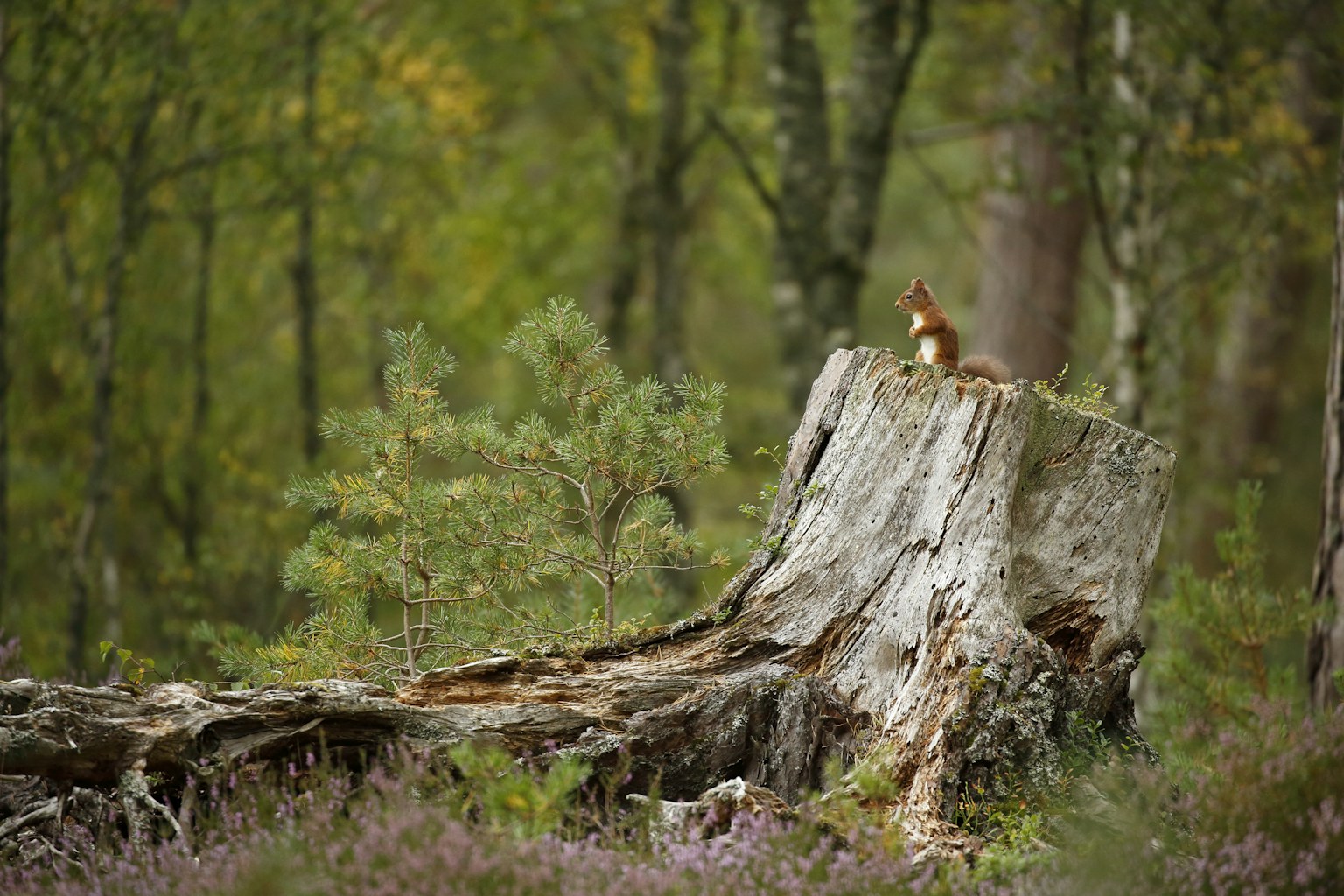
Hawes believes that, where private finance is required, equity is a better fit than loans or other types of debt, because although equity investors often seek a higher return, itтАЩs more тАЛтАШpatientтАЩ capital. тАЛтАЬIt takes quite a long time to start generating revenue through ecosystem services. Servicing debt from the point a loan is drawn down requires cash flow and, without revenue, that can undermine the viability of projects,тАЭ he says. While private investors are typically very risk averse, and balancing that with nature recovery can be difficult, Hawes thinks they have an important role to play. Not just because they can invest large sums, but because ecosystem service contracts fund habitat maintenance for a minimum of 30 years, and often much longer.
тАЬSupporting the management of these landscapes over that timeframe is just not possible with grant funding alone, which only lasts a few years,тАЭ he says. тАЛтАЬFarmers and land managers have been operating on short, five to 10-year agri-environment scheme cycles that donтАЩt incentivise the level of management, scale and permanence we need to respond to the climate and biodiversity loss crises.тАЭ
Still, Hawes is quick to point out that multiple funding sources are required to fund nature restoration across the UK, including public and philanthropic funding. This factor is particularly critical to de-risking projects at the beginning, he says, when baselining work is being done and the outcomes of rewilding are still uncertain.
тАЬPublic grant funding and philanthropic funding are vitally important. If we can get this right, I hope that private finance can be deployed to amplify the impact of existing sources of fundingтАЙтАФтАЙby carrying some of the risks of the unknown as we learn and try to restore our landscapes,тАЭ he says. тАЛтАЬI donтАЩt think private finance will or should ever be the sole tool we use, and we need policy and regulation to provide private markets with guard rails, making sure they deliver what we need as a society and are ethical.тАЭ
Published as part of our Rewilding Finance report , June 2024.
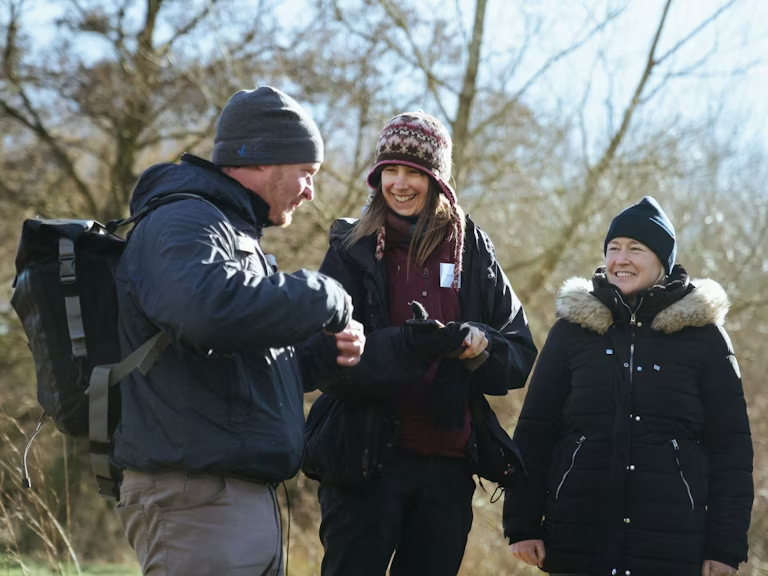
Join the Rewilding Network
Be at the forefront of the rewilding movement. Learn, grow, connect.
Join the Rewilding Network